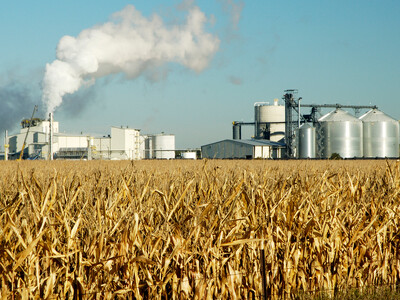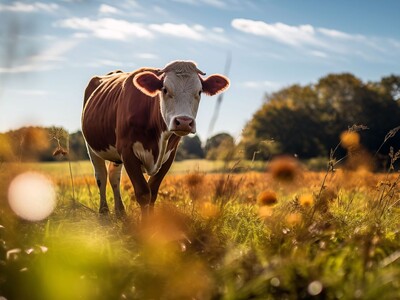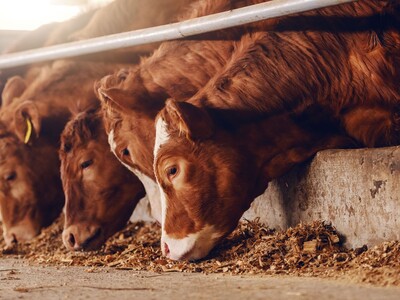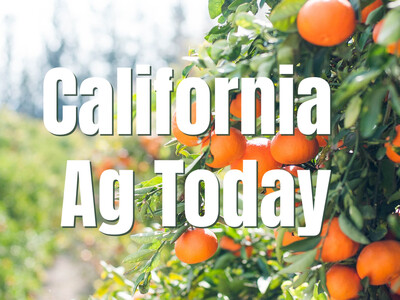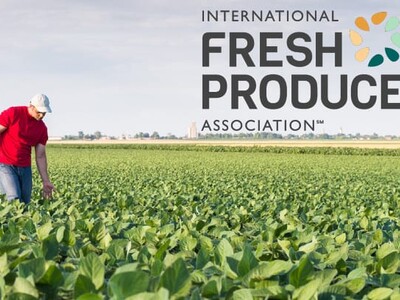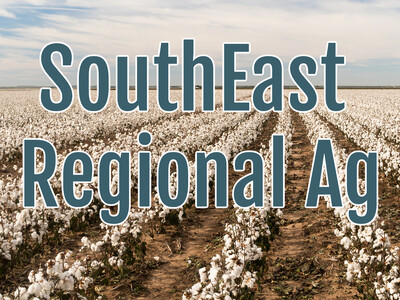Broadleaf
Asked Bayer Crop Sciences agronomist Monte Anderson how to approach grassy glyphosate resistant weeds. Each time you spray herbicide, you've got to use something that controls the hardest to control weeds for glyphosate, broadleaf weeds are tougher to control. That's where adding in another mode of action is very important. And now we've gotten some glyphosate resistant downy brome a grassy weed before glyphosate would wipe out Downy Brown very easily at low rates, but we've overused it and now we need to think about adding another mode of action. So you recommend at least three herbicide passes on chem fallow acres cahem fallow where you're really relying on just post emergence herbicides unless you start with a pre emergent the fall before, but you're relying on just spraying once you have weeds that keep coming through the fallow period and you probably will be using at least three applications. The first application, I'll use a good rate, 32 ounces of RT3. That's when the grasses are the most prevalent. That's where we want you to consider adding in a grass killer such as clethodim. So a different mode of action ad that have been eight ounce per acre rate. Most clethodim formulations are two pounds AI per gallon, so eight ounce rate is needed. Add that to the RT3 and while always when you're using a clethodim formulation. And of course check with your state pesticide regulatory agency for specific restrictions in your state. Always read and follow label directions. Learn more at CerealExperts.com".




